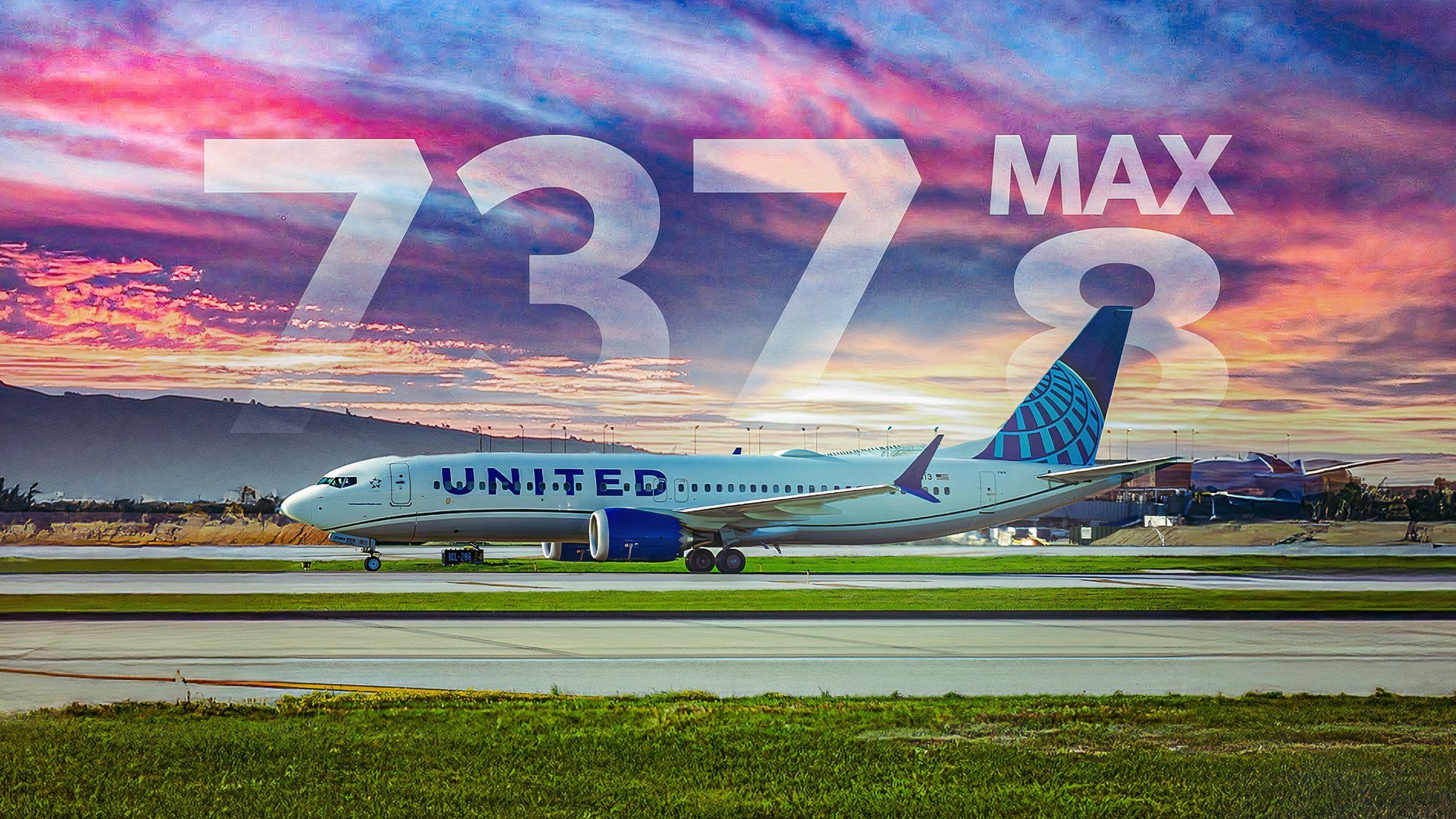World
United Airlines Boosts Denver to Anchorage Flights to Four Daily

United Airlines has announced a significant increase in its flight frequency on the Denver to Anchorage route, set to rise to a record four flights daily during the summer of 2026. This expansion marks a substantial escalation from the two flights initially planned and aims to counter the competitive threat posed by Southwest Airlines, which is entering the market next year.
The new schedule will see United operate four daily flights from June 26 until August 10, 2026, coinciding with peak travel demand. Following this peak period, the frequency will adjust to three daily flights until September 7, and then to two daily flights until September 23, ultimately dropping to one flight per day starting September 24.
Details of the New Flight Schedule
According to updated scheduling data from Cirium Diio, United’s previous plan for the summer of 2026 included only two flights per day. The revised schedule indicates a shift to three flights from May 21 until June 25, with the first two daily services launching on May 21. This date also coincides with British Airways’ planned return of the Airbus A380 service to Dallas.
The Boeing 737 MAX 8 will operate all four daily flights, featuring 166 seats, including 16 first-class seats, 54 in economy plus, and 96 in economy class. Notably, the aircraft will have a single restroom for first-class passengers and two for those in economy and economy plus.
In terms of timing, the newly scheduled departures from Denver include flights at 07:45, 11:30, 16:00, and 20:20. For return flights from Anchorage to Denver, the new schedule includes departures at 05:15, 12:15, 16:00, and 23:45.
Market Implications and Historical Context
United has maintained service on the Denver to Anchorage route since 1994, with its maximum frequency previously reaching three flights daily only during specific summer months between 2016 and 2018. The U.S. Department of Transportation reported that from August 2024 to July 2025, United carried approximately 125,400 round-trip passengers on this route, achieving a seat occupancy rate of 81%.
The airline’s strategy appears to be focused on anticipating Southwest’s entry, which is expected to initiate service to Anchorage from Denver at 18:50. In comparison, United’s base round-trip fare for the first week of July stands at approximately $732, while Southwest’s fares exceed $1,100.
As United prepares for increased capacity next summer, there are concerns about maintaining high occupancy rates. Historical data indicates that during peak months in 2025, passenger loads ranged between 78% and 83%. With four daily flights expected to launch, United may need to adjust its pricing strategy or manage passenger flow more effectively, particularly during peak travel periods.
The introduction of more flights may lead to increased competition, making the travel market more dynamic for consumers. United’s strategy reflects a proactive approach in a competitive landscape, as it aims to capture and retain a larger share of passengers traveling between these two cities.
-

 Science3 months ago
Science3 months agoToyoake City Proposes Daily Two-Hour Smartphone Use Limit
-

 Health4 months ago
Health4 months agoB.C. Review Reveals Urgent Need for Rare-Disease Drug Reforms
-

 Top Stories4 months ago
Top Stories4 months agoPedestrian Fatally Injured in Esquimalt Collision on August 14
-

 Technology3 months ago
Technology3 months agoDark Adventure Game “Bye Sweet Carole” Set for October Release
-

 World3 months ago
World3 months agoJimmy Lai’s Defense Challenges Charges Under National Security Law
-

 Lifestyle4 months ago
Lifestyle4 months agoVictoria’s Pop-Up Shop Shines Light on B.C.’s Wolf Cull
-

 Technology3 months ago
Technology3 months agoKonami Revives Iconic Metal Gear Solid Delta Ahead of Release
-

 Technology3 months ago
Technology3 months agoApple Expands Self-Service Repair Program to Canada
-

 Technology3 months ago
Technology3 months agoSnapmaker U1 Color 3D Printer Redefines Speed and Sustainability
-

 Technology3 months ago
Technology3 months agoAION Folding Knife: Redefining EDC Design with Premium Materials
-

 Technology4 months ago
Technology4 months agoSolve Today’s Wordle Challenge: Hints and Answer for August 19
-

 Business4 months ago
Business4 months agoGordon Murray Automotive Unveils S1 LM and Le Mans GTR at Monterey









